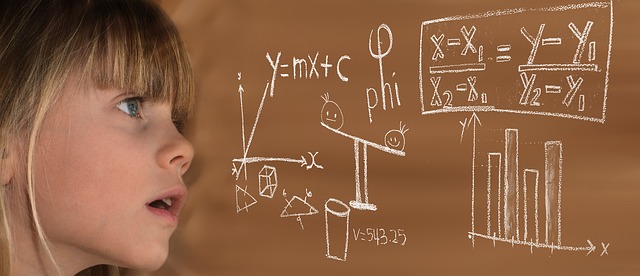Learning Domain: Expressions and Equations
Standard: Know and apply the properties of integer exponents to generate equivalent numerical expressions. For example, 3^2 x 3^(-5) = 3^(-3) = 1/(3^3) = 1/27.
Degree of Alignment:
Not Rated
(0 users)
Learning Domain: Expressions and Equations
Standard: Use square root and cube root symbols to represent solutions to equations of the form x^2 = p and x^3 = p, where p is a positive rational number. Evaluate square roots of small perfect squares and cube roots of small perfect cubes. Know that ‰ö_2 is irrational.
Degree of Alignment:
Not Rated
(0 users)
Learning Domain: Expressions and Equations
Standard: Perform operations with numbers expressed in scientific notation, including problems where both decimal and scientific notation are used. Use scientific notation and choose units of appropriate size for measurements of very large or very small quantities (e.g., use millimeters per year for seafloor spreading). Interpret scientific notation that has been generated by technology.
Degree of Alignment:
Not Rated
(0 users)
Learning Domain: Functions
Standard: Understand that a function is a rule that assigns to each input exactly one output. The graph of a function is the set of ordered pairs consisting of an input and the corresponding output. (Function notation is not required in Grade 8.)
Degree of Alignment:
Not Rated
(0 users)
Learning Domain: Functions
Standard: Compare properties of two functions each represented in a different way (algebraically, graphically, numerically in tables, or by verbal descriptions). For example, given a linear function represented by a table of values and a linear function represented by an algebraic expression, determine which function has the greater rate of change.
Degree of Alignment:
Not Rated
(0 users)
Cluster: Work with radicals and integer exponents
Standard: Know and apply the properties of integer exponents to generate equivalent numerical expressions. For example, 3^2 × 3^(–5) = 3^(–3) = 1/(3^3) = 1/27.
Degree of Alignment:
Not Rated
(0 users)
Cluster: Work with radicals and integer exponents
Standard: Use square root and cube root symbols to represent solutions to equations of the form x^2 = p and x^3 = p, where p is a positive rational number. Evaluate square roots of small perfect squares and cube roots of small perfect cubes. Know that √2 is irrational.
Degree of Alignment:
Not Rated
(0 users)
Cluster: Work with radicals and integer exponents
Standard: Perform operations with numbers expressed in scientific notation, including problems where both decimal and scientific notation are used. Use scientific notation and choose units of appropriate size for measurements of very large or very small quantities (e.g., use millimeters per year for seafloor spreading). Interpret scientific notation that has been generated by technology.
Degree of Alignment:
Not Rated
(0 users)
Cluster: Define, evaluate, and compare functions
Standard: Understand that a function is a rule that assigns to each input exactly one output. The graph of a function is the set of ordered pairs consisting of an input and the corresponding output. (Function notation is not required in Grade 8.)
Degree of Alignment:
Not Rated
(0 users)
Cluster: Define, evaluate, and compare functions
Standard: Compare properties of two functions each represented in a different way (algebraically, graphically, numerically in tables, or by verbal descriptions). For example, given a linear function represented by a table of values and a linear function represented by an algebraic expression, determine which function has the greater rate of change.
Degree of Alignment:
Not Rated
(0 users)
